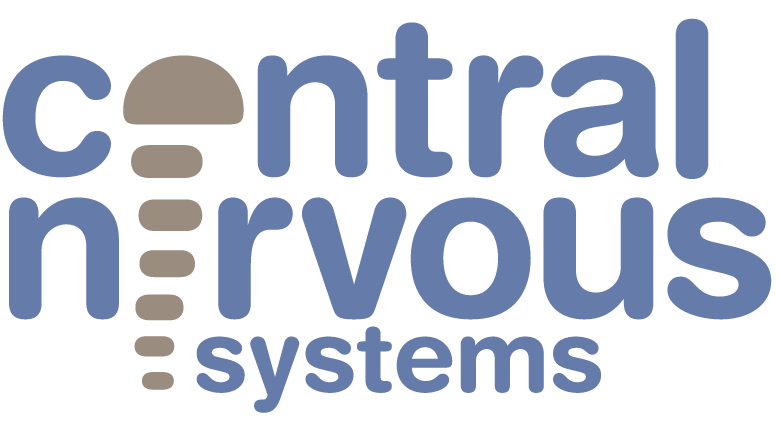Manufacturing Improvement – Value: What Customers Pay For
Like the removal of excessive packaging found on many purchased items, manufacturing value can often take some effort to isolate and get at. To help identify production value, establishing operational standards and comparing the output against those standards is an important first step.
Since Value is often characterized as ‘what a customer would want to pay for’, an approach to isolating value can be to identify and remove whatever a customer would likely not want to pay for. For example, in a drilling operation, everything other than drilling could potentially be considered as non-value adding or ‘wasteful’ through the eyes of a customer. This non-value or ‘waste’ could include such things as correcting errors, stoppages, excess movement, or setup. For more info on Value and Non-Value, most Lean Engineering references cover the topic in detail.
Process improvement requires a good knowledge of the current state, which is best characterized and quantified by process data. A capable manufacturing system set up to provide operational data can support continuous improvement goals such as improving the ratios of Value to Non-value in ways that a customer would most likely approve of.
If you have any questions about how to use the data in your manufacturing system to identify and reduce waste, get in touch with us here at Central Nervous Systems.

